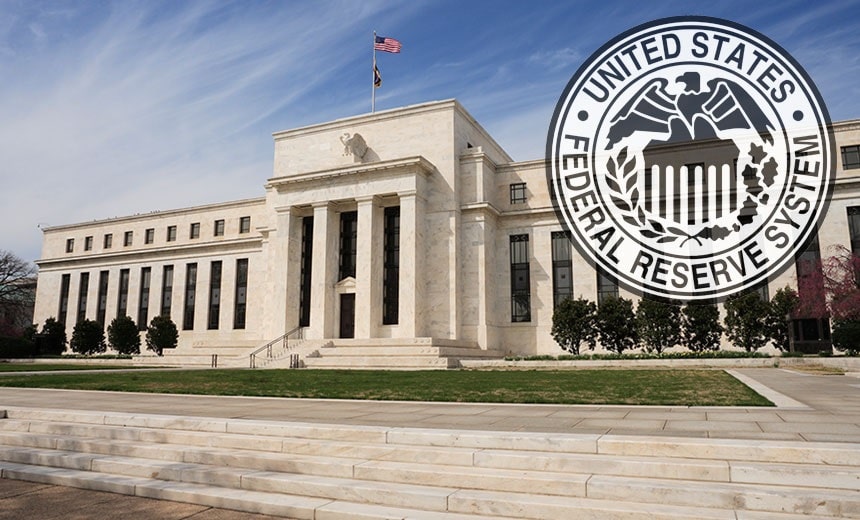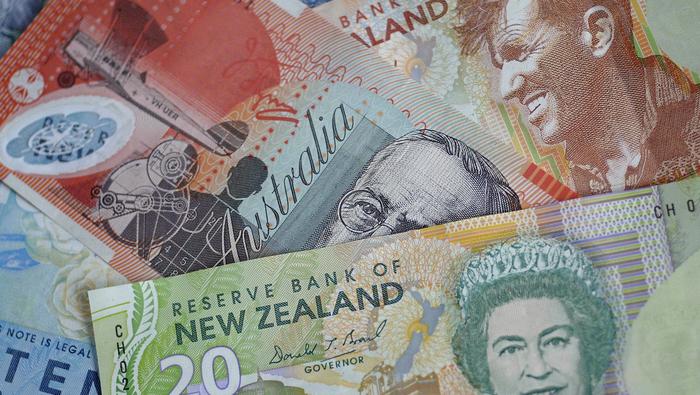A Bloodbath in the Stock Market
Governments and central banks’ supportive policies and coronavirus updates remain the primary factors that are driving risk sentiment in the financial markets. It was a Fed-centric week while fears of a second outbreak of coronavirus in the US crept into the markets towards the end of the week.
A Fed-Week
Much attention was on the Fed’s statement and forecasts for clues on how the Fed is viewing the health of the economy after easing lockdown measures and planning to continue to support the economy. Global central banks have played a crucial part in absorbing the pandemic-induced shocks in the global economy. Together with huge fiscal intervention, central banks have swiftly deployed various monetary tools to keep credit flowing and provide support to businesses and households.
Dot plots
On Wednesday, the Fed decided to maintain the target range for the federal funds rate at 0 to 0.25%. Most importantly, unlike the December dot plots, market participants took note that the US interest rates will stay near to zero through 2022, ruling out the probability of raising rates anytime soon and a V-shaped recovery for the US economy.
|
“The Committee expects to maintain this target range until it is confident that the economy has weathered recent events and is on track to achieve its maximum employment and price stability goals.”
|

Economic Projections
- Gross Domestic Product: The Fed is expecting a contraction of 6.5% in 2020, followed by an expansion of 5% in 2021 and 3.5% in 2022.
- Unemployment Rate: The outlook for employment is also gloomy. After the US labour market experienced its worst monthly drop in history, the Fed is forecasting that the unemployment rate will reach a high of 9.3% by the end of 2020.
- Inflation: The Fed sees anaemic inflation which will remain below the target rate of 2% for the next three years.
Stock Market – Virus Fears Return
After an impressive rally in the stock market over the last few weeks, global stocks retreated sharply. Ahead of the Fed’s decision and forecasts, investors appeared to be taking a pause and booked profits. Towards the end of the week, a dovish-Fed and virus fears have fueled the sell-off.
World Equity Indices

Wall Street
After flirting with high or record levels, major US equity benchmarks retreated sharply to the downside. Virus risks and the warning of a long road to recovery by the Fed have forced investors to reassess their stance in a surging stock market. The S&P 500 posted its worst loss since March after three consecutive days of losses.

European Bourses
European stocks also took a hit as investors pulled from riskier assets. However, it should be highlighted that stocks in the European market have outperformed its peers since mid-May driven by bold and long-awaited actions from the European Central Bank (ECB) and fiscal stimulus by governments.

The overall risk sentiment and confidence in Europe was more upbeat compared to the US and Asian markets despite the fact that European countries are likely to be among the worst-hit this year. The scenario of double-digit GDP contraction for certain European countries is not ruled out.

Australian Share Market
The Australian share market traded mostly on the back foot this week and suffered two consecutive days of heavy losses towards the end of the week. Almost all sectors are trading in negative territory for the week with the financial and energy index deep in the red.

As of writing, the share price of major banks has tumbled between 8%-11% so far for the week. Gold-related stocks were among the best performers of the week as investors sought safety with haven-related assets.

Oil Market
The oil market took a hit this week amid bearish oil reports, the overall risk-off sentiment, warnings from the Fed, virus fears and the broad sell-off in the equity markets.
Both the API and EIA reported an increase in crude oil inventories showing that demand remains soft. The fears of a second wave of outbreaks are also dampening the expectations of higher demand if certain states are forced to reinstate lockdown measures.
As of writing, WTI Crude oil (Nymex) and Brent Crude (ICE) are trading lower at $35.18 and $37.63, respectively.

Key Upcoming Events
|














